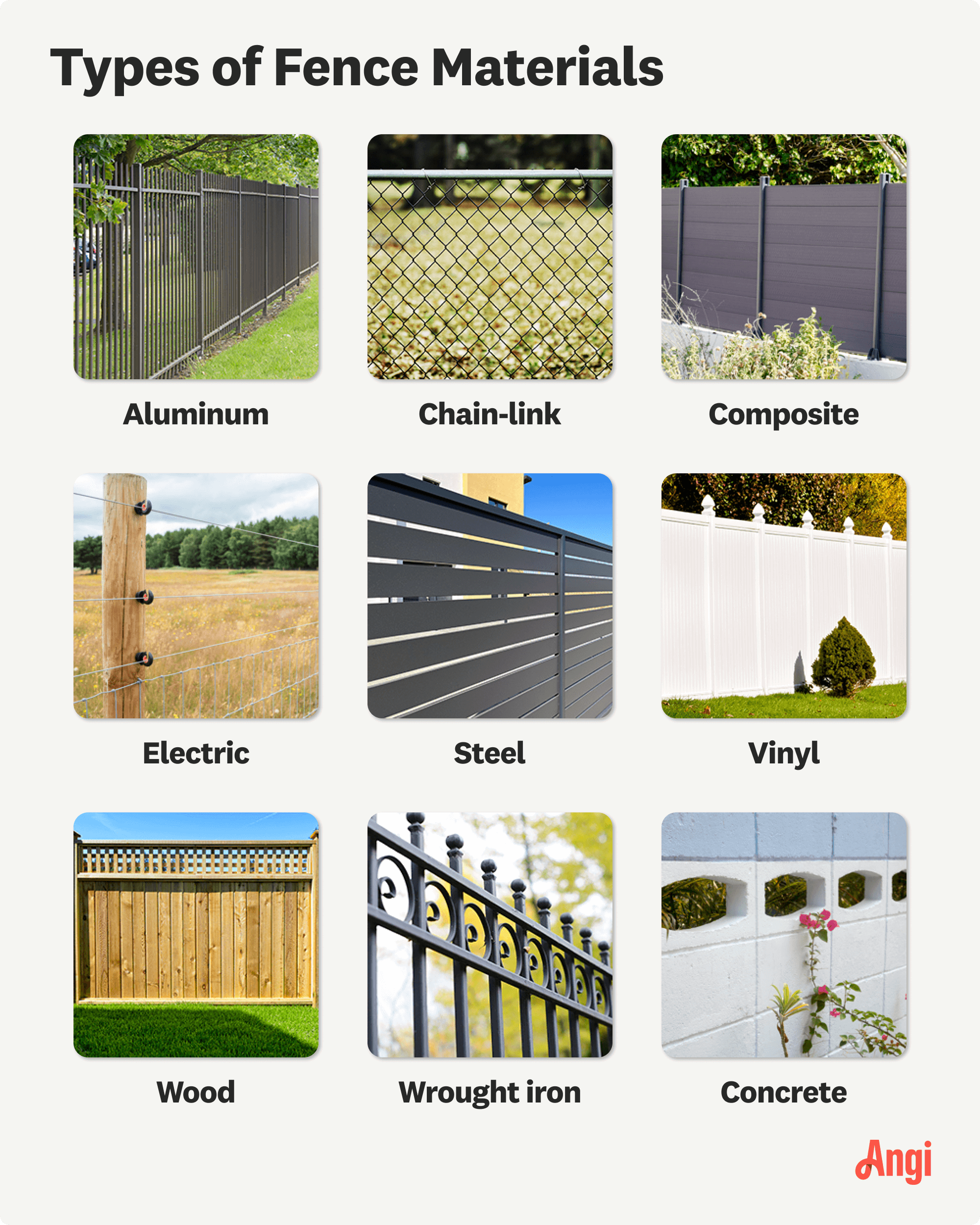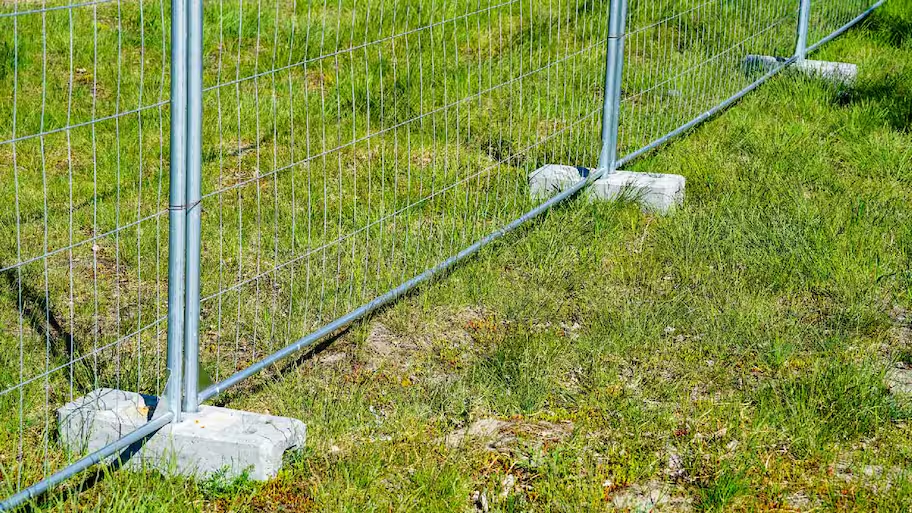
Shadowbox fencing can boost your home’s appearance and privacy. Use this guide to learn how much it costs to install a shadowbox fence based on factors like material, length, and height.
The average U.S. homeowner spends about $3,228 to install a fence, with most projects costing between $1,856 and $4,773. Your fence pro will factor in the length and material of your fence for an accurate quote.


Factors affecting your fence installation cost include size, material, type, location, and more.
Expect to pay between $6 and $50 per linear foot for new fencing.
Shadow box fences and privacy fences have the highest price tags, potentially reaching $35 to $40 per linear foot for materials.
Labor will account for about 50% of your total project cost.
Gates start around $150 per opening.
Fence installation costs an average of $3,228, but your total depends on the type of fence, its length and height, and other factors. Most homeowners pay between $1,856 and $4,773 for fence installation, although prices may range from $400 to $13,700.
To help homeowners with their next project, Angi provides readers with the most accurate cost data and upholds strict editorial standards. We’ve surveyed thousands of real Angi customers about their project costs to develop the pricing data you see, so you can make the best decisions for you and your home. We pair this data with research from reputable sources, including the U.S. Bureau of Labor Statistics, academic journals, market studies, and interviews with industry experts—all to ensure our prices reflect real-world projects.
Fence installation costs between $6 and $50 per linear foot, depending on the material, with an average cost of $23 per linear foot. Naturally, larger fences will cost more due to higher material and labor costs.
Here’s how your fence installation cost is influenced by size:
| Lot Size | Linear Feet | Average Fence Cost |
|---|---|---|
| 1/8 acre | 150 | $3,500 |
| 1/4 acre | 220 | $4,850 |
| 1/2 acre | 590 | $13,570 |
| 1 acre | 1,100 | $24,000 |
| 2 acres | 2,200 | $45,000 |
The type of fence is another crucial factor that affects the price, with picket, rail, and solid board fences costing the least (starting at $5 per linear foot). Shadow box and privacy fences are more expensive, starting at $10 per linear foot, because they require more material.
Here’s how fence type affects your cost per linear foot:
| Fence Type | Average Cost (per Linear Foot) | Average Cost Range (150 Feet) |
|---|---|---|
| Picket | $5–$30 | $750–$4,500 |
| Rail | $5–$30 | $750–$4,500 |
| Solid board | $5–$20 | $750–$3,000 |
| Shadow box | $10–$35 | $1,500–$5,250 |
| Privacy | $10–$40 | $1,500–$6,000 |
Costs vary among different fencing materials, with chain-link fences being the most affordable, ranging from $8 to $40 per linear foot. This is followed by wood, iron, PVC, and then aluminum. The pricing of each material varies based on design, so your final cost depends on your front yard fence idea.
Here’s a breakdown of fence installation costs based on material:
| Fence Material | Average Cost Range | Cost to Fence a ¼-Acre Lot (Two Sides) |
|---|---|---|
| Aluminum | $17–$90 per linear foot | $3,550–$18,800 |
| Chain-link | $8–$40 per linear foot | $1,650–$8,300 |
| Composite | $11– $45 per linear foot | $2,250–$9,400 |
| Electric | $2–$4 per linear foot | $420–$850 |
| Privacy | $25–$40 per linear foot | $5,250–$8,300 |
| Steel | $17–$90 per linear foot | $3,550–$18,800 |
| Vinyl (PVC) | $15–$40 per linear foot | $3,150–$8,300 |
| Wood | $10–$45 per linear foot | $2,100–$9,400 |
| Wrought iron | $25–$55 per linear foot | $5,250–$11,400 |
| Concrete (cinder block) | $10–$30 per linear foot | $2,100–$6,250 |

Average fence installation prices rise in regions with higher costs of living, such as Los Angeles ($2,000 to $5,400) and Boston ($2,000–$5,100). Fencing is more affordable in lower-cost areas, such as St. Louis ($1,800–$4,100) and Orlando ($1,600–$4,250).
Here’s what you might pay for fencing installation in different cities:
| City, State | Average Fence Installation Cost |
|---|---|
| New York, New York | $2,000–$4,900 |
| Orlando, Florida | $1,600–$4,250 |
| St. Louis, Missouri | $1,800–$4,100 |
| Los Angeles, California | $2,000–$5,400 |
| Washington, D.C. | $2,000–$4,900 |
| Phoenix, Arizona | $2,000–$4,600 |
| Seattle, Washington | $2,300–$6,750 |
| Boston, Massachusetts | $2,000–$5,100 |
| Denver, Colorado | $2,000–$4,900 |
| Chicago, Illinois | $2,000–$4,900 |
Fence installation costs also depend on other factors, including labor rates, permits, removal of your existing fence, site preparation, and more. Here’s what to expect.
Labor: 50% of your total project cost ($1,600 on average)
Permit for fencing: $20–$60
Gates: $150–$2,000
Concrete for post bases: $0.30 per pound
Post caps: $30–$150 per cap
Removing existing fence: $3–$5 per linear foot
Land leveling: $1,000–$3,200
Cost to remove a tree: $750
Landscaping: $1,300–$6,200
Working around utilities: 10%–30% increase in cost
Painting or staining a fence: $3.50–$13 per linear foot for a professional job
On average, you can save $1,700 in labor fees if you install your fence yourself. You’ll need to rent equipment, obtain the necessary permits, and purchase materials, including a post-hole digger, drill, circular saw, and shovel. In most cases, your best bet is to hire a local fencing professional.
Here are the benefits of hiring a pro for fence installation:
Avoids issues like leaning, sagging, or uneven gaps
Handles challenges such as tree roots, rocky soil, or sloped terrain
Saves you from heavy labor, like digging post holes or hauling materials
Faster completion, as pros can often finish the job in one to three days
Familiarity with zoning laws, setback requirements, and height restrictions
Warranties and liability insurance
You might DIY fence installation in the following situations:
Small and straightforward projects (like a garden or short backyard fence)
Basic carpentry or landscaping skills
Level ground with easy soil
Necessary tools can be obtained
Replacing a fence usually costs more up-front than repairing it.
Average fence replacement cost: $3,228
Average cost to repair a fence: $611
Here’s when you might replace your fence:
Older fence (15-20+ years old)
Bad damage, such as broken sections, leaning, or rotting
Widespread rot or rust
Desire for a different look or material
Doesn’t comply with code
Prior repair attempts haven’t fixed the issue
Repairs are often better in the following situations:
Relatively new fence (under 10 years old)
Limited damage
Tight budget
Sound structure
Desire to preserve style
Here are some tips to help you save on fence installation costs.
Choose a budget-friendly material: Select a material that strikes the right balance between budget, aesthetics, and durability. For example, chain link fences are the most affordable ($8 to $40 per linear foot), but you might prefer the look of wood ($10 to $45 per linear foot).
Keep the design simple: If you need to stick to a strict budget, consider skipping additional gates, upgraded finishes, ornate styles, special features, and extra landscaping services. By cutting multiple extras, you could save $1,000 to $5,000 or more.
Less pickets: Pickets with decorative tips can cost 20% to 100% more than standard styles, so choosing a simple, rectangular picket is often the most budget-friendly option.
Minimize posts: Posts are one of the most expensive parts of a fence because it takes time to set them correctly in the ground. You can reduce costs by choosing a design with fewer posts, saving about $50 to $200 per post.
Get quotes from three contractors: Before you hire a fence contractor, take a look at the market. To get the biggest bang for your buck, interview at least three contractors and always check their references.
Book during off-season: Though you can’t dig into frozen ground, you can sometimes save money by booking your job during winter or late fall, as long as the climate allows. Winter is a slower season for fencing contractors, so they’re much more likely to cut you a deal, which might be a discount of 10% to 25%.
DIY when you can: You can save on fence installation costs by doing some of the labor yourself—like painting ($3.50–$13 per linear foot) or removing an old fence ($3–$5 per linear foot).
Installing a fence can recoup up to 50% or more of its installation cost in resale value. Buyers especially like durable materials (such as vinyl, aluminum, or wrought iron) and privacy. A well-designed fence that enhances curb appeal can improve the home's attractiveness, while a mismatched or poorly maintained fence can lower desirability.
The average homeowner spends $1,700 in labor fees for fence installation, but it’s often best to hire a fencing pro.
Professionals can prevent leaning, sagging, or uneven gaps—and they also know how to deal with issues like sloped lawns.
If the existing fence is relatively new and in decent shape, you might consider repairing it instead.
You can save money by choosing affordable fencing types and materials, booking during the off-season, and doing some tasks yourself (like painting or removing the existing fence).
From average costs to expert advice, get all the answers you need to get your job done.

Shadowbox fencing can boost your home’s appearance and privacy. Use this guide to learn how much it costs to install a shadowbox fence based on factors like material, length, and height.

Silt fence installation costs vary depending on the size of the lot, the fencing type, and the installation technique. Use this guide to get the budget right.

Installing a redwood fence costs around $6,300, though several factors, such as size, landscaping, and permits, can impact the price.

If you need DIY temporary fence ideas, then you’ve come to the right place. We’ve researched several options providing semi-permanent fencing solutions for you.

Not sure how to calculate blocks for your retaining wall? Here’s how to figure it out based on the size of your wall and the dimensions of your blocks.

This step-by-step guide will teach you how to tighten a sagging chain link fence. Improve your fence's appearance and protect your property.